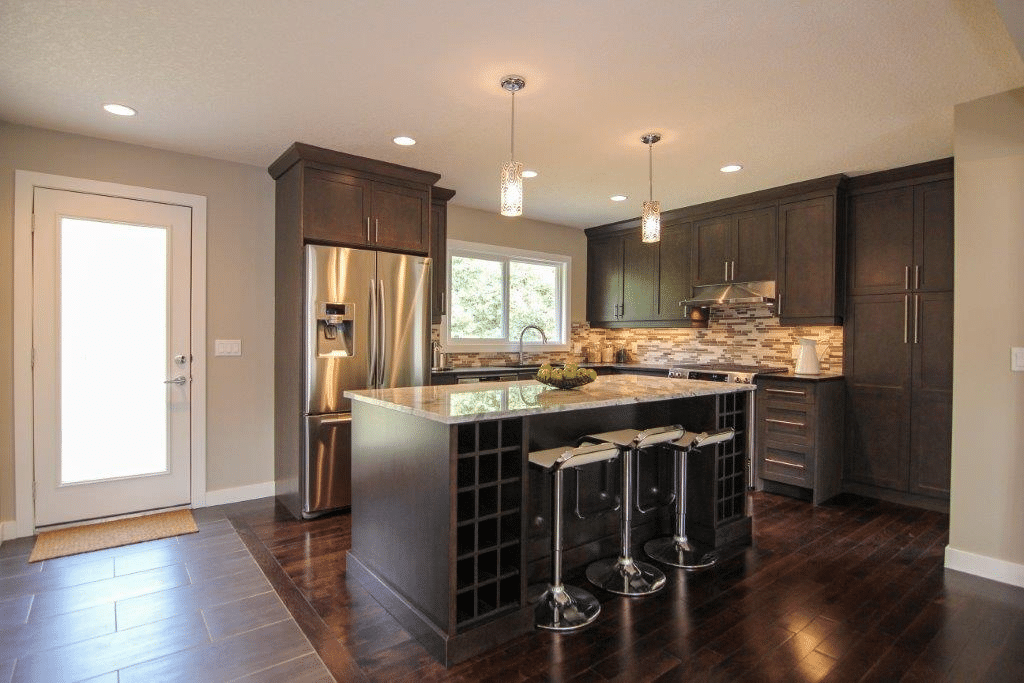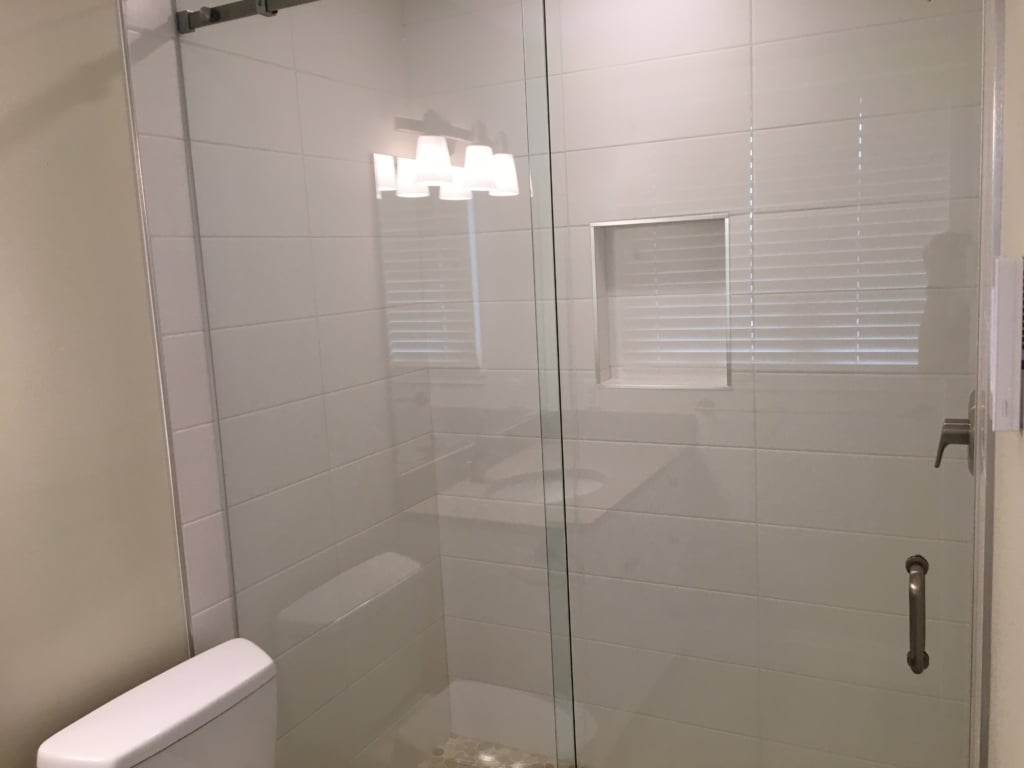Smart Budgeting Guide for Home Renovations

Renovating your home can be an exciting journey, but it can also become financially overwhelming without a clear plan in place. That’s why every homeowner should start with a solid budgeting guide before diving into any project. With careful planning, you can manage costs, avoid financial stress, and create a space that suits your lifestyle and needs. At LifeStyle Renovations, we believe that a smart budgeting guide is the foundation of every successful renovation.
A thoughtful budgeting guide ensures that your renovation stays on track from start to finish. By planning ahead, you reduce the chances of costly surprises and delays. Many homeowners jump into projects with only a rough idea of costs, only to be shocked by how quickly expenses add up. A detailed budgeting guide helps avoid these pitfalls and gives you peace of mind.
Not only does a budgeting guide protect your wallet, but it also helps you prioritize your renovation goals. You’ll be able to clearly see which parts of the project offer the best value, where you might want to splurge, and where you can save. With the right approach, even modest budgets can yield beautiful, lasting results.
In this article, we walk you through a step-by-step budgeting guide to help you navigate the home renovation process. From identifying your goals to evaluating materials and managing unexpected costs, you’ll gain the tools you need to make smart financial decisions for your renovation journey.
1. Define Your Renovation Goals
The first step in any budgeting guide is defining your renovation goals. Are you remodeling to improve your home’s functionality, increase resale value, or simply update its appearance? Understanding your motivation will help you focus your spending and make better decisions about design, materials, and project scope. Start by writing down what you want to achieve with your renovation, including must-haves and nice-to-haves.
A smart budgeting guide helps separate needs from wants. For example, if your kitchen layout isn’t working for your family, that’s a need. Upgrading to marble countertops, however, might fall into the “want” category. Being honest about your priorities ensures that your budget is directed toward the most impactful changes first.
Clear goals also make it easier to communicate with your contractor or renovation team. When everyone is on the same page, it prevents misunderstandings and budget overruns. A clear budgeting guide can be shared and discussed during planning meetings so there’s no confusion about what matters most.
Finally, goal-setting lays the groundwork for evaluating results. After the project is complete, you can refer back to your budgeting guide and see whether your original goals were met. This reflection helps you make even better decisions for future renovations and ensures long-term satisfaction.
Learn more about setting project goals on our Design Services page.
2. Research and Plan Thoroughly
Once your goals are in place, the next section of your budgeting guide should focus on thorough research. Take the time to understand the true scope of your renovation. This means more than just imagining the finished space—it means understanding timelines, materials, permits, labor, and the potential for hidden issues. Knowledge is power when it comes to budgeting.
A solid budgeting guide includes gathering multiple quotes and opinions from reputable contractors. Prices can vary widely, even for similar scopes of work. Don’t rely on a single estimate—getting three or more allows you to make an informed choice and gives you a better understanding of the average market rate.
Planning ahead also helps avoid last-minute decisions that can drive up costs. When you know what materials and finishes you want early on, your contractor can order them in advance, often saving you money and time. A detailed budgeting guide includes timelines for decisions to keep the project moving efficiently.
Thorough planning is also your defense against scope creep—the tendency for projects to expand beyond the original plan. With a firm budgeting guide, you’ll have a framework to resist unnecessary add-ons that don’t align with your goals or budget. This keeps you in control and prevents overspending.
Browse real project examples in our Gallery of Work.
3. Develop a Detailed Budget
Now comes the heart of the budgeting guide—developing a detailed budget. This should include a breakdown of every component of your renovation: labor, materials, permits, design fees, and cleanup. Every line item should have an estimated cost. Leaving out even small details can result in significant cost overruns.
A comprehensive budgeting guide includes a contingency fund. Experts recommend setting aside 10–20% of your total budget to cover unexpected expenses. Renovations often uncover surprises like mold, wiring issues, or structural problems—having this cushion ensures your project can continue without financial panic.
Use spreadsheets or budgeting software to track expenses as they happen. Your budgeting guide should be a living document, updated regularly as quotes are finalized and purchases are made. This will give you a clear picture of your financial progress and alert you early if you’re trending over budget.
Finally, revisit your budgeting guide throughout the renovation to make sure you’re staying on track. If costs are rising in one area, look for opportunities to save in others. The key is to be flexible without losing sight of your overall goals. Your budget is a tool—use it to guide every financial decision.
Interested in managing project scope? Learn about our Renovation Process.
4. Explore Financing Options
Not every homeowner has the cash on hand to fund a renovation outright, and that’s perfectly okay. A good budgeting guide should include a review of your financing options. Consider personal loans, home equity lines of credit, or refinancing as ways to fund your project.
Each option has its pros and cons, and a thoughtful budgeting guide compares them. For example, a HELOC often comes with lower interest rates, but it uses your home as collateral. Personal loans are unsecured but might carry higher rates. Understanding these trade-offs helps you choose what’s best for your financial situation.
It’s also important to factor interest payments into your overall budgeting guide. If you’re borrowing money, the true cost of your renovation includes the repayment plan. Be sure to account for monthly payments and how they’ll affect your household budget.
When evaluating financing options, speak to your bank or financial advisor. Ask for pre-approvals and check your credit score. A well-rounded budgeting guide will include all the financial planning needed to make the project affordable in the short and long term.
5. Prioritize High-Impact Projects
Not all renovations are created equal, and a smart budgeting guide focuses on projects with the biggest return on investment. Kitchens and bathrooms, for example, often offer excellent value for both personal use and resale. Prioritize these areas when funds are limited.
Your budgeting guide should also account for how upgrades improve daily life. Open-concept layouts, extra storage, and better lighting can dramatically enhance functionality. Even smaller projects like new flooring or modern fixtures can have a big impact without breaking the bank.
Energy efficiency improvements are another high-impact area to prioritize in your budgeting guide. Upgrades like insulation, windows, or smart thermostats may qualify for rebates and lower your utility bills over time. These changes are investments that pay you back month after month.
If resale value is part of your plan, look at neighborhood trends to guide your choices. Your budgeting guide should reflect what buyers in your area want most. By focusing on value-added renovations, you can maximize your budget and make smarter, more strategic upgrades.
Explore our Bathrooms and Kitchens galleries for inspiration.
6. Choose Quality Materials Wisely
Choosing the right materials is essential to sticking to your budgeting guide. While it’s tempting to go for luxury finishes, many mid-range options offer excellent durability and style. A little research can reveal affordable alternatives that still deliver great results.
Your budgeting guide should include a materials section that weighs cost, performance, and longevity. For example, engineered quartz can mimic the look of marble at a lower cost and without the maintenance. You don’t always have to compromise on aesthetics to stay within budget.
Work closely with your contractor or designer to find materials that meet your goals without inflating the budget. Sometimes switching suppliers or brands can make a big difference. A flexible budgeting guide allows you to adjust these choices while staying focused on quality and value.
Don’t forget to account for delivery fees, taxes, and waste when budgeting for materials. These hidden costs can add up quickly. A thorough budgeting guide ensures you’re not caught off guard by extras and that your materials fit comfortably within your financial plan.
7. Work with Trusted Professionals
A strong budgeting guide isn’t just about dollars—it’s also about who you trust to bring your vision to life. Hiring experienced, licensed professionals helps ensure that your project is completed safely, correctly, and on schedule. A good renovation team understands how to stick to budgets and can help you make smart decisions throughout the process.
When assembling your renovation team, take time to do your research. A thorough budgeting guide should include space to compare contractor credentials, references, and reviews. Meet with several contractors and ask for detailed quotes and timelines. The cheapest option isn’t always the best—look for professionals who understand your goals and communicate clearly.
Working with a trusted professional adds another layer of accountability to your budgeting guide. Contractors can help flag potential cost issues early on and suggest alternatives that keep your project on track without sacrificing quality. Their expertise can prevent costly mistakes that might arise from inexperience or cutting corners.
Finally, a solid relationship with your contractor means you’ll have ongoing support throughout the renovation. Your budgeting guide should include regular check-ins and milestone reviews to ensure everything is progressing according to plan. This proactive approach leads to a smoother renovation, with fewer surprises and better results.
Learn more about who we are on our About Us page.
8. Plan for the Long Term
The final section of your budgeting guide should look beyond today. Think about how your renovation will serve you in the future. Will your family grow? Are you planning to age in place? Designing with long-term needs in mind makes your renovation more sustainable and cost-effective.
Timeless styles and durable materials may cost more upfront, but they reduce the need for future upgrades. Your budgeting guide should allow for this kind of forward-thinking investment. Choosing classic colors, quality cabinetry, and smart layouts will serve you well for years to come.
Maintenance is another important factor. Your budgeting guide should account for not just initial costs but also future upkeep. Choosing low-maintenance materials and energy-efficient systems saves money over the life of your home.
Finally, consider how your renovation aligns with the resale market. A thoughtful budgeting guide will ensure you don’t over-improve for your neighborhood, which can make it harder to recoup your investment. Aim for balance—create a home that works for you now and appeals to buyers later.
Conclusion
A successful renovation begins with a strong budgeting guide. It helps you set priorities, make informed choices, and protect your investment. Whether you’re updating a single room or doing a full-home renovation, planning your budget carefully is the smartest step you can take.
At LifeStyle Renovations, we help homeowners build a custom budgeting guide tailored to their goals, lifestyle, and financial reality. With the right approach, even a modest budget can go a long way toward transforming your space.
Remember, a budgeting guide isn’t just about limiting spending—it’s about maximizing value. From choosing materials to working with trusted professionals, every decision should tie back to your guide.
Let this budgeting guide be your road map to a stress-free and rewarding renovation experience. And when you’re ready to begin, contact us—we’re here to help bring your vision to life, beautifully and within budget.














3 thoughts on “Smart Budgeting Guide for Home Renovations”
Comments are closed.